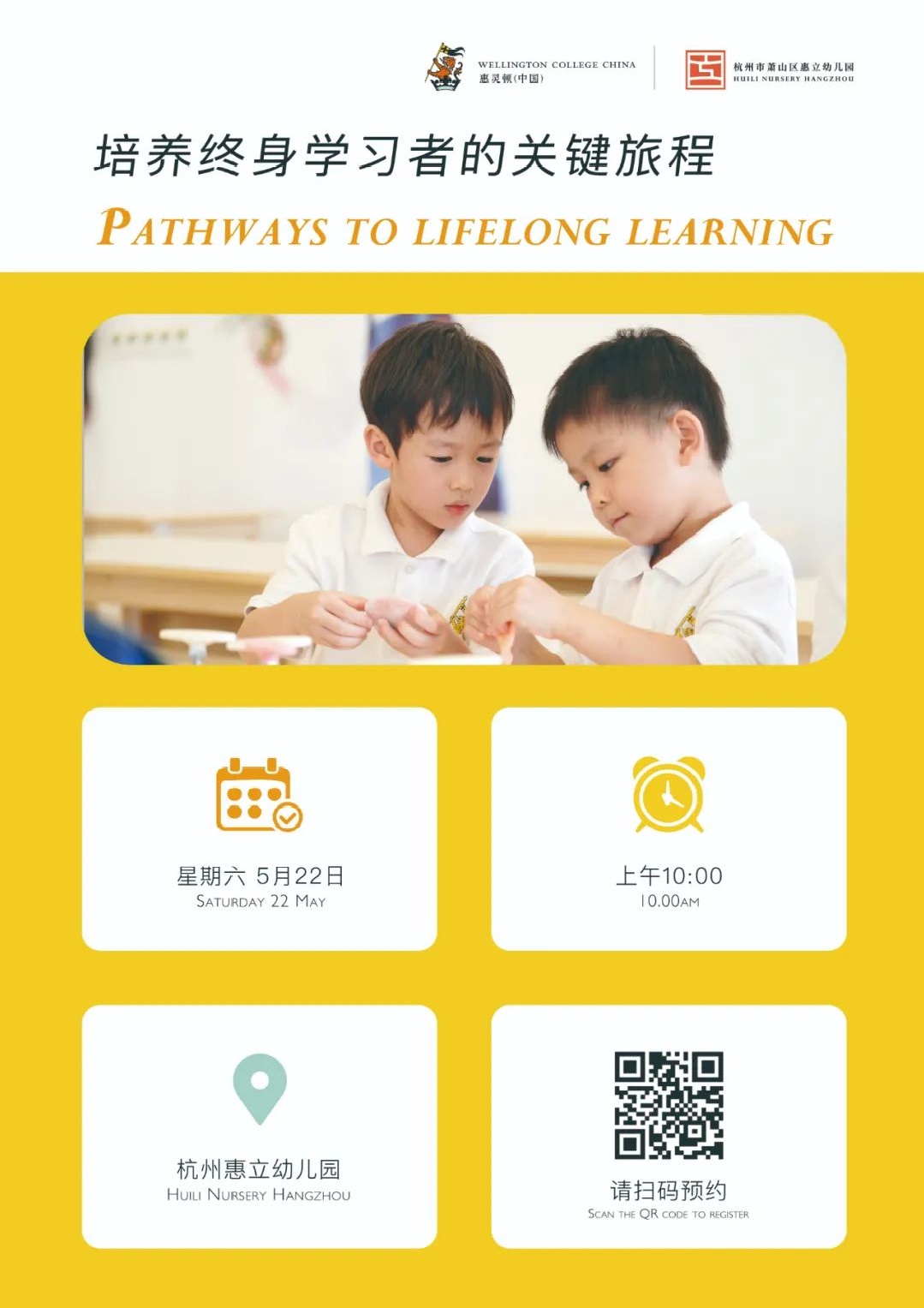
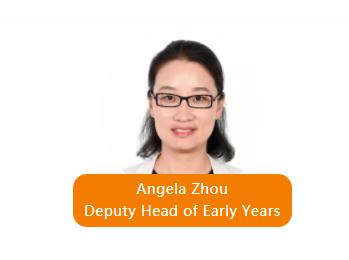
Transitioning into nursery is a subject all parents have many wonderings about. Starting life in nursery is the first time many children experience being away from their families and home and begin work on their own journey. At Huili Nursery Hangzhou, we believe that positive transition is a process and not an isolated event.
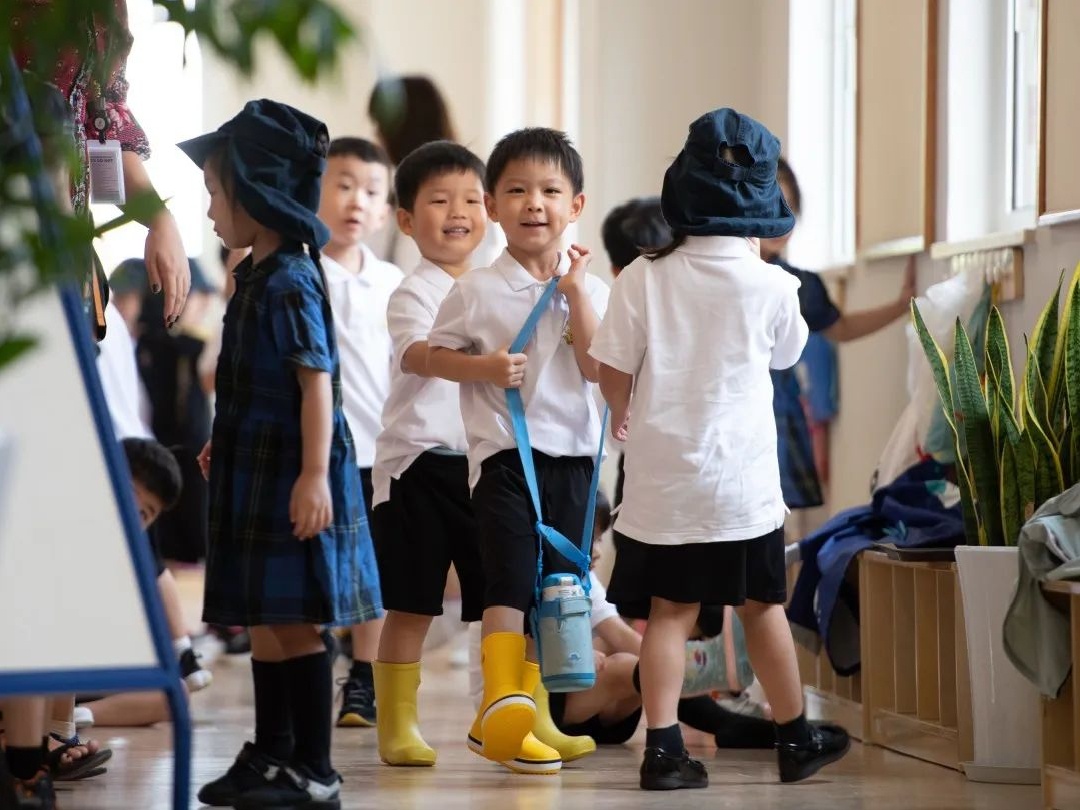
May
adjust daily rhythms
Families can begin by making small changes in home routines to that of the rhythms excepted at nursery. The May holiday is a good time to begin work on these changes. Beginning the day with waking up at 7.00 am, taking a nap from 12.00 to 2.00 pm, and going to bed around 8.00 pm-9.00 pm will lay a solid foundation for adapting to school life. Book recommendation: Go to bed, Tom goes to the Nursery.
June
beginning independent toilet habits
June is the best time of the year to help your child begin moving away from wearing diapers/nappies. As the weather warms up and children change into light clothing, it offers a great opportunity to start potty training. It is important is to be gentle in the process and try not to force the child to use the toilet on their own or blame them when they fail. Help them realise that using the potty is now a part of their life, spark their curiosity and make the process fun. Recommended books: My little toilet, No diapers, How to pee.
July
responsible habits
Children need to eat on their own and turn to parent’s support if necessary. Parents must trust their child and give him/her an opportunity to eat, wear shoes and clothes by themselves. This trust will become a lifelong memory for them, and influence their future at a subconscious level. Grandparents also need to be at the same pace as the parents to avoid any degression of the gained skills caused by over-helping. Recommended books are I can dress myself, I eat by myself.
August
enrolling your family
Be there to choose beddings, water bottles and other nursery supplies that your child likes and buy school uniforms to try them on. Please make sure your child is engaged in the process and excited about starting a new journey. Orientation Day is not to be missed, it is a great chance for children to meet their teachers and classmates, participate in various activities elaborately prepared by teachers, share family photos and introduce them to new friends. Meanwhile, try to tell the child through stories that it is normal to feel sad when leaving their parents for school. More importantly, parents must tell their children that they will come to the nursery and pick them up after school. Recommended books are I don't cry in kindergarten, Hello, kindergarten.
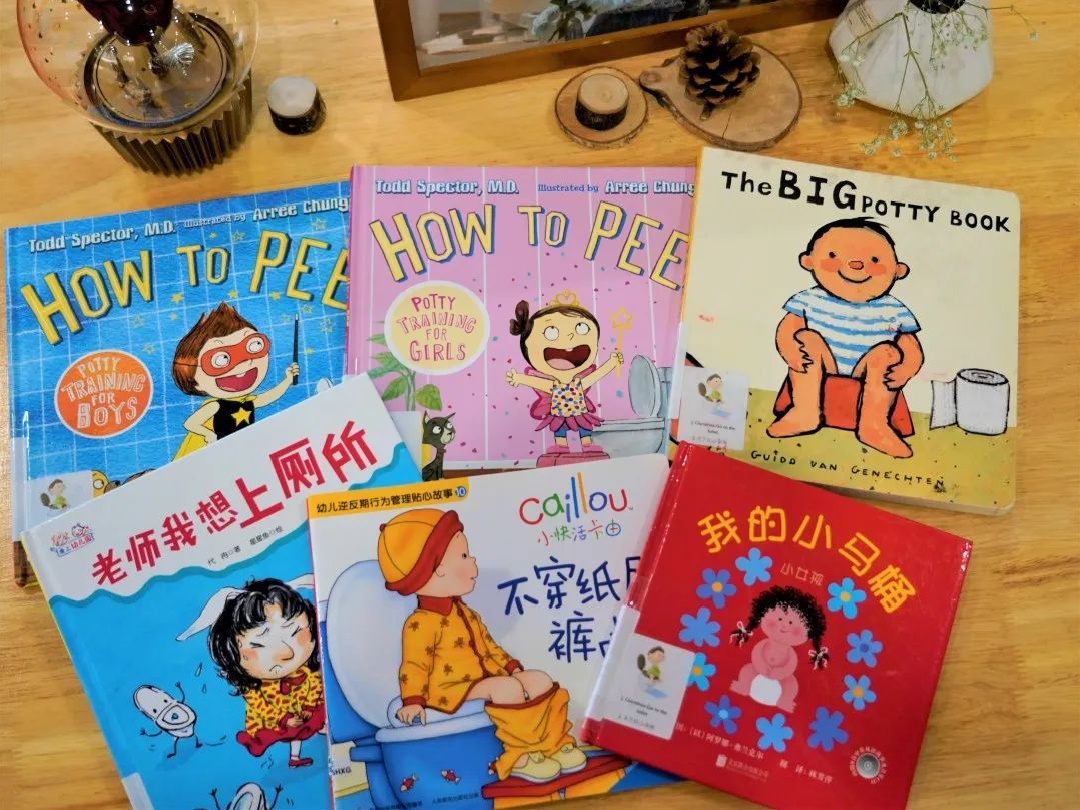
At Huili Nursery Hangzhou, the transition period begins with the campus tour before admission. The first step for the child to make their choices is when parents bring them to our nursery. It is also the start for them to internalise the learning as they start to understand and learn the rules of nursery at this stage. Later, we arrange an array of activities for them, such as visiting the study areas and filling in the "All about me" form, which teachers use to communicate further with the child and build a bond with them by talking about their hobbies, habits, etc. This information about the child is then reflected in the teaching area prior to their first day at the nursery to inspire a sense of belonging for children.

When children walk into the classroom, they will see an exclusive locker with their photographs on, their family photographs in the family corner, and their favourite toy cars magically appear in the construction area, waiting for the arrival of their little friend. This strong sense of wellbeing risen from our caring and welcoming environment lays a solid foundation for children to set aside their worries, actively embrace challenges and build self-confidence.
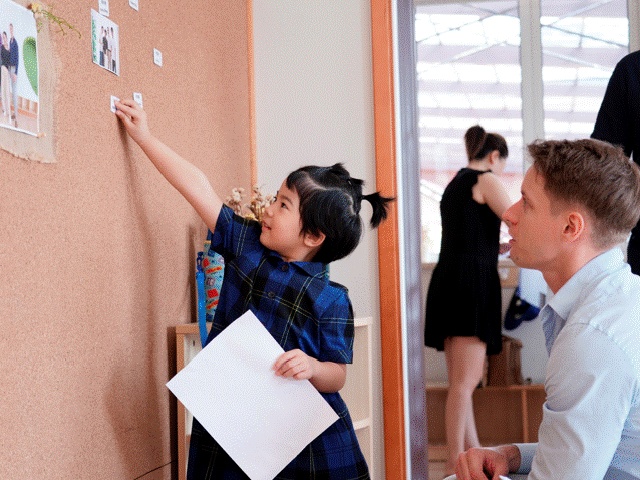

In our outdoor area this week we have been encouraging the children to explore the 'squelch squerch' of the mud from 'Were going on a bear hunt'. We provided the children with clay and water in a tray, encouraging them to take off their shoes and enjoy this sensory experience. Working together to steady themselves on the slippery wet clay by holding on to one another they dug their toes in, splashed around and sunk their fingers into the clay. Many of the children began using the language of story as they explored. We have also started creating our own representations of the grass, water, mud, forest and snowstorm from the story 'We're going on a bear hunt'. We provided the children with familiar materials and tools to experiment with, allowing them to create their own representations of the different elements.


In the early years, we encourage children to develop their skills using clay. Clay is a wonderful and versatile material, enabling the children to roll in different shapes, mould using their fingers and paint when it is dry. During this year, the children have been exploring the texture of clay and making their learning visible by moulding it into different shapes. To extend the children’s learning we introduced the children to the clay wheel. It was fantastic to see the children supporting one another by providing water when it became too dry and offering words of encouragement. After the process, children painted their pots, and it was wonderful to see the immense levels of pride and happiness as they talked to others about what they had made. During this process, children have learnt to use a new piece of equipment, acquire a new skill and support one another during the process.
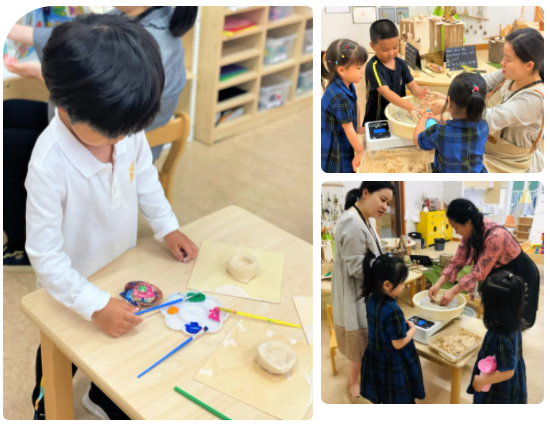

Recently, EY3B children have made new houses for silkworms as they have witnessed the whole procedure of the silkworms to the cocoon and needed more spaces like corners to support this process. To identity which new house can meet the needs of silkworms, every child became a little assessor, assessing the houses designed by friends and themselves. Children also came up with the idea to design a special stamp to show the house has passed the assessment for quality in EY3B. They suggested there should be the name of our class EY 3B, a star in the middle to represent the best quality, a triangle to show the house is very strong, and a circle outside to be the shape of the stamp.

Children volunteered to bring and display houses they designed to the front and the audience discussed the advantage of each design and what could be possibly modified to make the house more comfortable for the silkworms. After discussion, the children voted and the qualified houses were given the special stamp. Children have gained a strong sense of engagement, achievement and responsibility from this process, as they gained positive feedback from peers and were involved in fair decision-making.

EY 4 has been continuing their exploration of transition to Grade 1 and all that will encompass. The innate curiosity of the child is one of the many wonderful aspects of working within Early Years education. As teachers, we can nurture that curiosity and at the same time benefit from seeing the world through the eyes of our children. A perfect example of this, was our visit to look around the school bus. To an adult, a bus is a bus. But our children asked an array of questions and noticed things about the bus that an adult would take for granted. They were genuinely curious about the different parts of the bus, how it operated and how they were able to interact with it. Take some time to look around a vehicle with a child and you may see it in a very different light.

